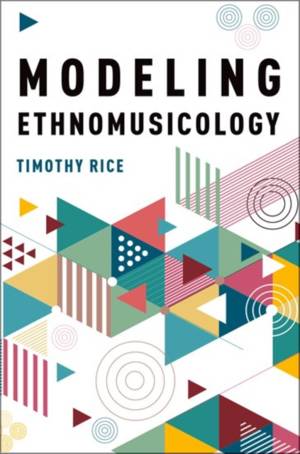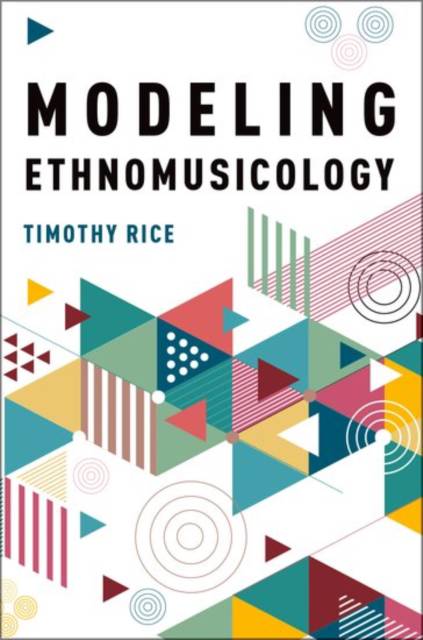
- Afhalen na 1 uur in een winkel met voorraad
- Gratis thuislevering in België vanaf € 30
- Ruim aanbod met 7 miljoen producten
- Afhalen na 1 uur in een winkel met voorraad
- Gratis thuislevering in België vanaf € 30
- Ruim aanbod met 7 miljoen producten
Zoeken
Omschrijving
Ethnomusicology is an academic discipline with a very broad mandate: to understand why and how human beings are musical through the study of music in all its geographical and historical diversity. Ethnomusicological scholarship, however, has been remiss in articulating such goals, methods, and theories. A renowned figure in the field, Timothy Rice is one of the few scholars to regularly address this problem. In this volume, he offers a compilation of essays drawn from across his career that finds implicit and yet largely unrecognized patterns unifying ethnomusicology over its recent history.
Modeling Ethnomusicology summarizes thirty years of thinking about the field of ethnomusicology as Rice frames and reframes the content of eight of his most important essays from their original context in relation to the environment of today's ethnomusicology. Rice proposes a variety of models meant to guide students and researchers in their study of ethnomusicology. Some of these models pull together disparate strands of the field, while others propose heuristic models that generate questions for researchers as they plan and conduct their research. A new introduction to these essays reviews the history of his writing about ethnomusicology and proposes an innovative model for theorizing in ethnomusicology by ethnomusicologists. This book will be an enduring, essential text in undergraduate and graduate ethnomusicology classrooms, as well as a must-buy for established scholars in the field.
Modeling Ethnomusicology summarizes thirty years of thinking about the field of ethnomusicology as Rice frames and reframes the content of eight of his most important essays from their original context in relation to the environment of today's ethnomusicology. Rice proposes a variety of models meant to guide students and researchers in their study of ethnomusicology. Some of these models pull together disparate strands of the field, while others propose heuristic models that generate questions for researchers as they plan and conduct their research. A new introduction to these essays reviews the history of his writing about ethnomusicology and proposes an innovative model for theorizing in ethnomusicology by ethnomusicologists. This book will be an enduring, essential text in undergraduate and graduate ethnomusicology classrooms, as well as a must-buy for established scholars in the field.
Specificaties
Betrokkenen
- Auteur(s):
- Uitgeverij:
Inhoud
- Aantal bladzijden:
- 272
- Taal:
- Engels
Eigenschappen
- Productcode (EAN):
- 9780190616892
- Verschijningsdatum:
- 3/04/2017
- Uitvoering:
- Paperback
- Formaat:
- Trade paperback (VS)
- Afmetingen:
- 155 mm x 231 mm
- Gewicht:
- 476 g

Alleen bij Standaard Boekhandel
+ 128 punten op je klantenkaart van Standaard Boekhandel
Beoordelingen
We publiceren alleen reviews die voldoen aan de voorwaarden voor reviews. Bekijk onze voorwaarden voor reviews.











